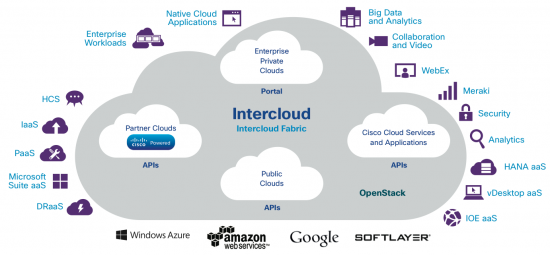































Public Sector IT organisations are weary of vendor lock-in. And rightfully so: it is hard to buy cloud services from any supplier you choose and then freely manage these services as if they were part of your own extended private cloud. Main reason: lack of ability to connect different clouds: private, partner, public, etc. Luckily, this barrier is vanishing...
Thirty years ago, Cisco pioneered a strategy to connect previously isolated, heterogeneous networks, which lead to the rise of the Internet as we know it. Now, Cisco is embarking on a journey just as ambitious: the connection of multiple isolated clouds, leading to the creation of the Intercloud: an interconnected cloud of clouds.

The Intercloud relies on a five key principles and technologies, summarised below:
Public Sector IT Leaders are faced with a number of unique barriers and requirements that are slowing down -or stopping altogether -their journey to the cloud:
To understand the nature of these requirements, as well as how the Intercloud is elegantly solving the issues, I invite you to read our recent white paper titled "Understand how the Intercloud elegantly meets Public Sector IT requirements".
Looking forward to your comments, questions or observations.
 Tags quentes :
#Nuvem
#Governo
devops
Cisco Government Solutions
InterCloud
transparência
govcloud
data sovereignty
Tags quentes :
#Nuvem
#Governo
devops
Cisco Government Solutions
InterCloud
transparência
govcloud
data sovereignty